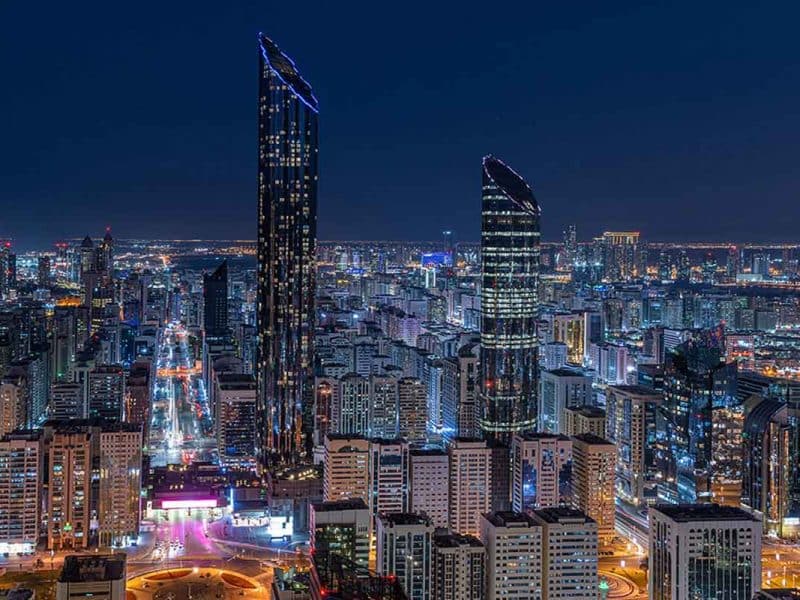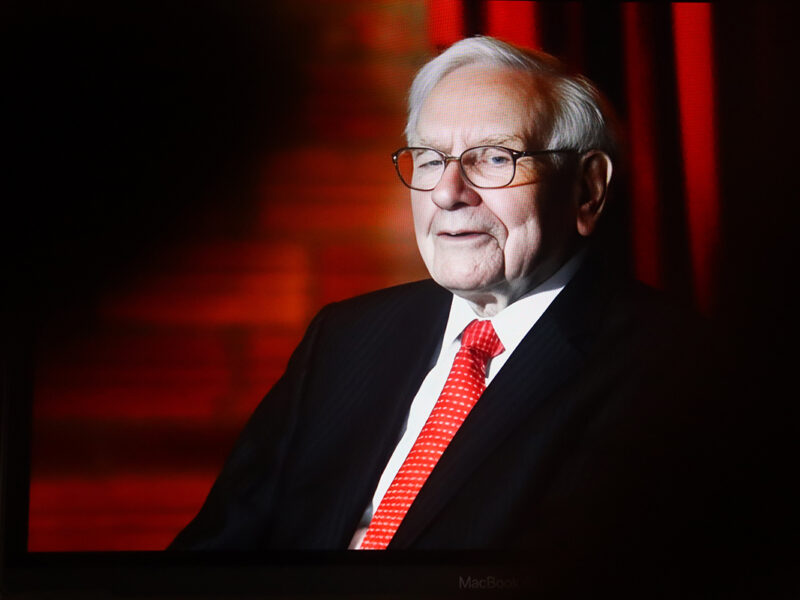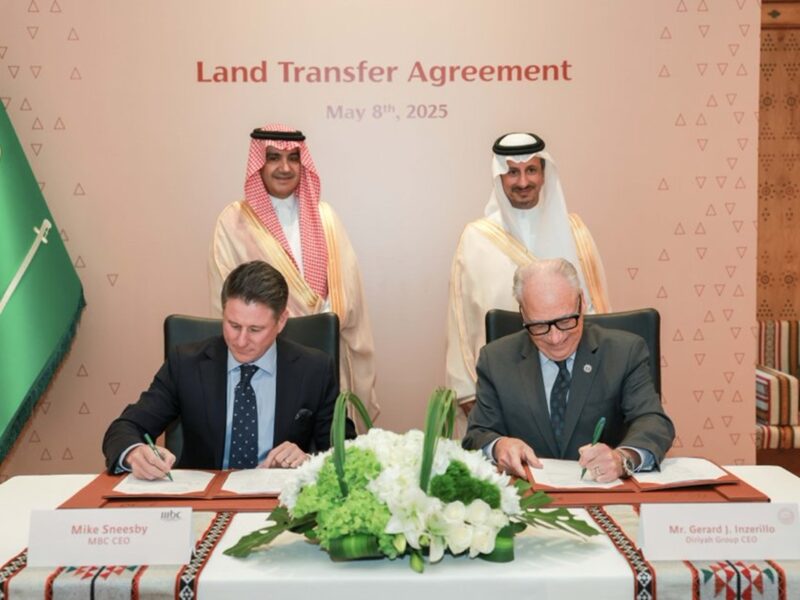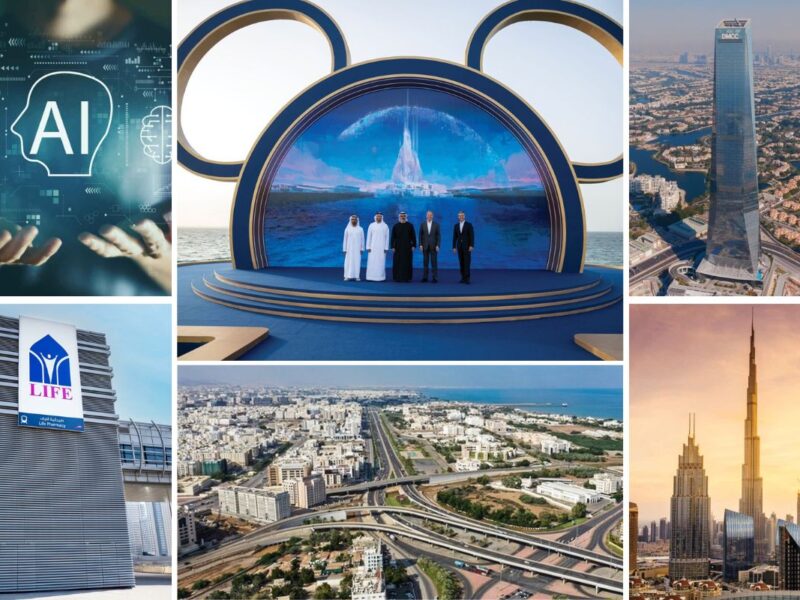It’s only appropriate that I offer Omar Farid a can of Pepsi as we start the interview. He has been at the company for an impressive 31 years now, but the president of PepsiCo Middle East & Africa still doesn’t miss a trick to plug his products.
“Wow. That tastes good,” he says.
That “taste” is also worth a staggering $66.4bn in annual revenues for US-based PepsiCo, where 22 brands now generate more than a billion dollars each every year, sold across 200 countries. From Pepsi to 7Up, Doritos, Walkers and Tropicana to Gatorade, the company formed in 1965 by a merger between Pepsi-Cola and Frito-Lay is now undisputedly the second-largest food and beverage empire in the world.
And few of PepsiCo’s global chiefs have more on their plate than Farid, with revenues from the Middle East & Africa estimated at over $3bn a year, with 15,000 direct employees on the books.
Farid’s strategy? Like many of his advertising campaigns, it is simple, clever and catchy: “The core and the more,” he says.
With about 90 percent of its revenue derived from soft drinks, investment will continue in key brands such as 7Up, Pepsi and Mirinda. However, he says it is focused on developing brands such as sports drink Gatorade, Aquafina water and Tropicana juice in response to the shift towards healthier options.
Perhaps when pondering how to take the firm forward, the US beverages and snacks giant could turn to one of its famous advertising campaigns: Change the Game. PepsiCo, renowned for its celebrity endorsements and catchy slogans, is being forced to find its most creative business zest yet as figures show soda sales in its biggest market, the US, reached their lowest levels in almost two decades last year.
According to Beverage Digest, total sales volume for carbonated soft drinks fell by 3 percent in 2013 – the ninth straight year of decline – with consumers treading more warily as the anti-obesity message drives home.
More significant for PepsiCo, arch-rival Coca-Cola’s share of the US soft drinks market rose by 0.4 percent as PepsiCo’s shrank by the same margin after its soda sales volume experienced a 4.4 percent decline – twice the rate of Coca-Cola’s fall.
Article continued on next page…
For the company that has its genesis in its most famous product, Pepsi, a cola-flavoured syrup founded by a pharmacist in 1893, it has meant a focus on developing other areas such as its snacks division, including Lay’s, Doritos and Cheetos, as well as its non-carbonated drinks, including Tropicana and Aquafina, and Quaker Oats.
“Of course people still drink the soft drinks and it’s a growing business, but the non-carbonated beverages is growing faster, because people are moving towards different alternatives, looking for other alternatives and that obviously is giving the opportunity for these categories to grow at a faster pace,” Farid tells Arabian Business.
“If you go back 15, 20 years ago, CSDs [carbonated soft drinks] have been dominating the entire LRB [liquid, refreshement, beverage] category in a big way. Over the last, I would say, four or five years, you’ve started really to see that there’s a much faster growth which is found in this category – like water, like sports drinks, like juices, and all of that are growing at a faster pace. [There is] more conscience towards the health and wellness, which obviously is making consumers look for other alternatives.”
According to PepsiCo’s 2013 results, the wider Asia, Middle East, Africa (AMEA) region accounted for 10 percent of PepsiCo’s total global net revenue at $6.5bn in 2013, with Farid estimating about 50 percent of this was from the Middle East and Africa.
It’s a trend reflected in its first-quarter results, where despite a 5 percent net revenue drop to $1.05bn in AMEA – which it attributed to the impact of refranchising its bottling operations in Vietnam and unfavourable foreign exchange translation – organic revenue grew by 6 percent (after increasing by 11 percent in 2013) and core constant currency operating profit increased by 10 percent.
In terms of volume, growth in the region doubled the company’s global figures in snacks at a 4 percent increase compared to 2 percent globally. However, its 1 percent decrease in beverage volumes was below a flat result overall.
“Q1 was really very good in terms of growing the volume, growing the revenue and growing the profits as well,” Farid says. “The second quarter of the year is very promising, because we will have lots of activation, lots of consumer activities and we’ve lined up lots of activities as part of our football campaign which has already launched. We’re working very closely with our teams to make sure that we bring the most exciting activities to our consumers.”
Farid, who took over as president in November after various senior roles with the company over 31 years, says the growth was led by Pakistan and Egypt, which both recorded double-digit revenue growth. He says the company remains committed to developing and emerging markets, which comprised 35 percent of PepsiCo’s global net revenue last year.
“The UAE and GCC markets are important for our business, contributing a large part of the MEA beverage volume,” he says. “[However] there are still [many] more opportunities to take that business into the next level – so to drive more volume from the existing markets, but obviously to open a lot of new markets, because Africa is a territory where it offers significant opportunity and that’s specifically for the foods.
Article continued on next page…
“We have an acceptable presence when it comes to the beverages, but the foods, it’s a huge opportunity to do that. Some of our brands are still very much under-developed. We have a strong nutrition brand called Quaker, and that’s a brand which I would like really to fully exploit and drive more volume.”
While globally Pepsi is the world’s third-bestselling cola drink behind Coca-Cola and Diet Coke – a mantle it unwillingly acquired in 2010 when it was overtaken by Diet Coke – locally it has enjoyed a consistent market dominance, particularly in Oman and Saudi, having also had a two- decade headstart on its main competitor when Coke was not available in the region because it was considered to have links with Israel.
MEA has beverage plants in Egypt and Jordan and snack manufacturing and processing plants in Egypt and Saudi Arabia. It also holds close to half of the International Dairy and Juice (IDJ) joint venture in partnership with local firm Almarai.
Farid says the company’s strategy centres on “the core and the more”. With about 90 percent of its revenue derived from soft drinks, investment will continue in key brands such as 7Up, Pepsi and Mirinda. However, he says it is focused on developing brands such as sports drink Gatorade, Aquafina water and Tropicana juices in response to the shift towards healthier options.
He says with 8 percent of global net revenue coming from products launched in the past three years, it is planning to add to that in the second half of the year with “a couple of very interesting innovations, which are going to come into the market, both in the GCC and in Egypt as well”. Those will join other recent product launches in the Middle East such as Lay’s Forno and Tropicana Frutz, which have since been rolled out across PepsiCo’s international markets.
However, pricing is also key. Following the backlash in 2009 when it increased the price of a can of Pepsi in Saudi Arabia by 50 percent, the company appeared to use first-quarter media coverage to flag more of the same.
In an interview with ABC News in the US, PepsiCo chief financial officer Hugh Johnston said last month the company planned to raise prices between 2 and 3 percent in snacks and drinks in 2014, but added “as we make the brands stronger, consumers are willing to accept that”.
For her part, PepsiCo chairwoman and CEO Indra Nooyi – who has been under pressure after delivering shareholder returns of only 47 percent since she took over in 2006, compared with an average of 103 percent in the S&P consumer-staples index – said in the first-quarter earnings call that the firm has been “extremely responsible” in taking up pricing in carbonated and non-carbonated drinks, adding that “especially in a category like CSDs, taking down pricing is not going to drive up demand so much”.
“The 2 to 3 percent, maybe this is just the average for the entire company, but not necessarily that what’s going to be applicable to this part of the world,” Farid says when asked about possible price hikes. “In the region, I don’t really think that that will be the case.”
Article continued on next page…
However, what he is certain of is his support for a merger between Dubai Refreshments Company (DRC) and fellow PepsiCo franchisee, Abu Dhabi Refreshments Company (ADRC), after DRC flagged the idea late last year.
“Consolidating and putting the two businesses together, that’s something we support and we encourage 100 percent,” he says. “These are two independent bottlers, both of them have been doing business for the last 50 years – [they have] very strong market share, very strong volumes. Putting them together is going to be creating lots of synergies and we play our role as the owners of the brands in making sure that they get together.”
Will it happen? “I cannot really comment on that, but I will do everything I need to do to make sure – providing the support from myself and my team to make that happen,” he says.
PepsiCo, itself the product of a merger in 1965 between Pepsi Cola and Frito-Lay, has been the subject of its own headlines about the future structure of the company, with activist investor Nelson Pelts, whose Trian Fund Management owns almost 1 percent of PepsiCo’s stock, using its soda problems as reason to urge the company to spin off its booming snacks division from its sluggish beverage businesses to create “two leaner and more entrepreneurial companies”.
Such a move, Pelts argues, would see PepsiCo fall in line with single sector-focused companies such as L’Oreal (cosmetics), Hershey’s (sweets) and even Coca-Cola, which all have a higher multiple of earnings than those of diversified companies such as PepsiCo and Procter & Gamble.
In a blunt rebuke, PepsiCo, which has embarked on an $8bn, eight-year cost-cutting programme targeting operating expenses, rejected the proposal earlier this year, concluding after “extensive analysis” that “PepsiCo’s value is maximised as an integrated food and beverage company” and not as split entities.
Farid is reluctant to be drawn on the topic of the company’s overall strategy. “My task is to run the business here in that part of the world – very much happy and very much proud and very much focusing on that,” he says. “The head of our corporation has been dealing with that issue personally and I think that she’s on top of things on that front.”
On his own patch, after recently extending a 40-year-old partnership with leading MENA F&B restaurant operator Americana Group, which counts KFC, Pizza Hut, Hardee’s, TGI Friday and Krispy Kreme among the brands in its network of 1,200 outlets, and signing a new deal with Second Cup franchise owner BinHendi Hospitality last month, Farid says more “strategic and important” wins will be announced in coming weeks, though declines to give details.
He says he also expects the IDJ operations, which are geared towards developing the dairy and juice products outside of the GCC in the Middle East, Africa and South East Asia, to “at one point in time” move into the Gulf.
Article continued on next page…
“I can assure you that we are looking into expanding that relationship and there is a lot of work that is going on to develop and to grow business in other parts of the region,” he says.
“Almarai is a very important and strategic partner for us.”
He says it is investing in the company’s Pepsi football campaign, which coincides with the FIFA World Cup in Brazil, its largest global football marketing effort to date – targeting 100 markets that will locally adapt the campaign.
“You are going to see lots of different advertising during that period – you are going to see global advertising, which is being used everywhere; you are going to see regional advertising, which is very much designed for this part of the world; and we are going to go into country-specific advertising as well, and all of that is going to be featuring global football stars and local ones as well,” he says. “We have an association with [Lionel] Messi, so Messi is going to be in that advertising, but when it comes into Egypt, for example, we have Mohamed Salah, who is like the Messi of Egypt basically, so we will do both around this.”
He adds: “We’re investing behind our brands to drive growth and have launched a series of global brand-building campaigns to support our brands, including Pepsi and Lay’s.
“This includes in the region campaigns like Live for Now and Flavor’s Cup as well as various activations this year as part of the football campaign. Most recently we launched the Art of Football where we took football to the street and engaged consumers into a mosaic of arts display with global players.”
He says the company is also engaging with the community as part of its corporate social responsibility programme through a “three Ws” sustainability strategy comprising water conservation, women in the workplace and work traineeships and scholarships.
Farid says PepsiCo has invested more than $1bn in a waste water recycling programme in Jordan, where it has achieved a positive water balance using two man-made water harvesting ponds. Meanwhile, water efficiency savings of 14 billion litres at its Middle East manufacturing plants have shaved $15m off annual water costs.
PepsiCo’s female workforce agenda in countries such as Saudi Arabia, and more recently Egypt, also has resulted in 100 Saudi women being hired across its businesses and contributed to 42 percent Saudisation in its Saudi snacks division, he says.
“We are a very important product when you go to the market and you see us always there in every home [and on] every TV, and I think we have a special and very strong bond with the consumers. We have been very much sensitive to that and that’s why we are investing a lot of our time, a lot of our resources to help in designing CSR activities,” he says.
PepsiCo will no doubt be hoping this bond translates to a positive result in the region, and globally. If it does, in the words of another campaign, from last year’s Superbowl, it will, at least in its current form, “Live for Now”.









